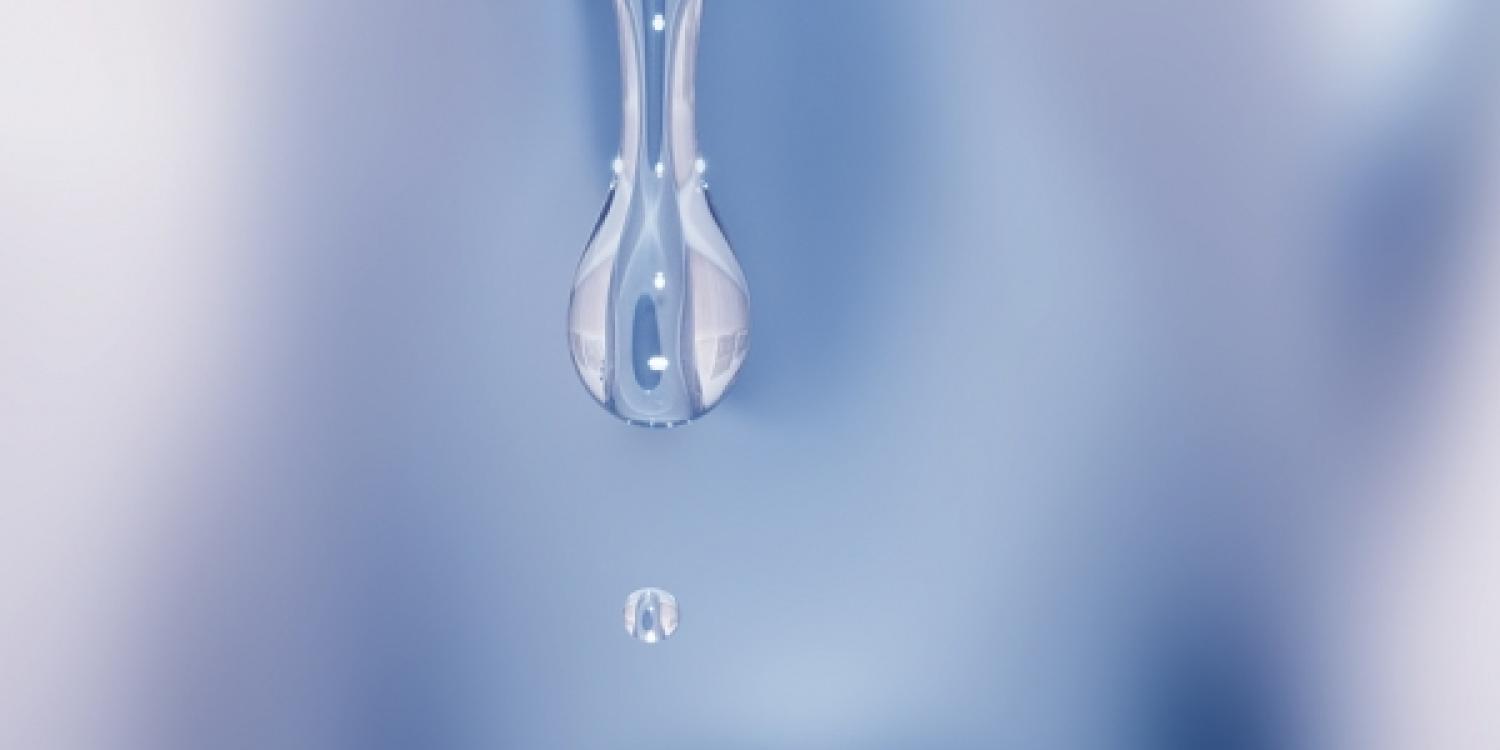Water minimisation in food processes

© alexandrink1966, image #106121391, source: Fotolia.com
Information
Impacts:
General
Water
Sector:
Manufacture of food, beverages and tobacco
Investment cost:
Low cost
Cost:
Low cost
Size of company:
Medium (less than 250)
Water is often an undervalued resource. Organisations and their employees have little or no idea how much water they use, or the amount of money that could be saved by using water more efficiently. Potential cost savings in food processing can be a powerful motivation to enlist management support for water-conservation programmes.
Sites that have not previously tried to save water can reduce their water and effluent bills by up to 30 % by combining low- or no-cost opportunities with longer-term water-saving projects.
Water-saving design:
- Secure management commitment to water-saving activities
- Create a water balance by gathering existing site water use
- Gather recent water, sewerage, and trade effluent bills or licenses (water supply and treatment costs, discharge or removal costs, etc.)
- Create a diagram or map of all major uses of water (e.g. in production, cooling, washing, recycled, known losses, other), the location of all on-site water meters, and the points where domestic wastewater and/or trade effluent enter the drainage system
- Involve staff, raise awareness and organise training concerning water saving
- Regular checks for leaks in the water system
Measurement methods and actions:
- Bucket and stopwatch where flows are accessible (e.g. in sinks and basins)
- Water meters (flow and total water consumption meters)
- Water supply metered in more than one place
Methods and actions to eliminate water use:
- Turn off taps properly, repair dripping taps immediately
- Sprays and nozzles regularly maintained
- Tamper-proof valves fitted on pipes carrying water to specific processes
- Use a recirculating ring main for the distribution of hot or chilled water
- Check correct pressure or rate of flow through pipes and other equipment
- Use water sprays to wash or cool raw materials or product, use high-pressure jets and sprays to wash raw materials
- Avoid the need to change pre-set positions, consider fitting block valves instead of control valves
- Wash dirty product in a counter-current flow of water (e.g. washing carrots from the field)